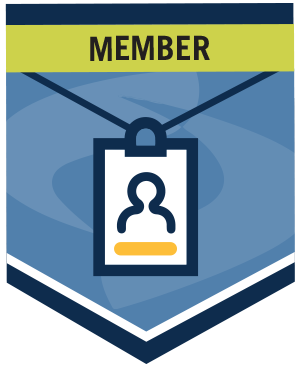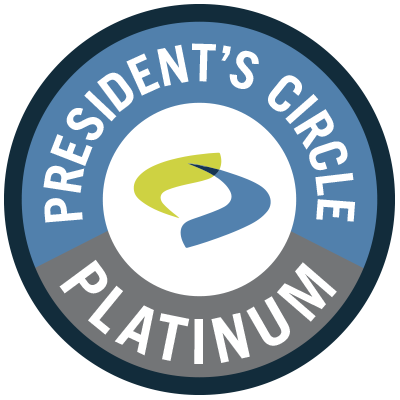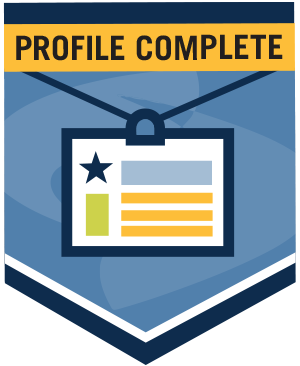Hi,
I am now looking to commence lean tactical projects as part of the portfolio process.
In doing so, I have been asked by my line manager how much time I would need (rough estimate) would suffice to complete a tactical project to assess whether I can be given time from my regular job (business analyst) to do 3 projects.
Also if my employer was unwilling to provide time to complete these projects at work, would you have have any experience/advice in approaching other organisations (either private/not for profit) to complete the three projects?
Any advice/suggestions would be greatly appreciated as I suspect others may also have been in a similar situation.
Thanks.
Paul
Hi Jeff,
Thanks for the insights to which I will keep you posted on further developments.
Paul
I am excited to hear that you are excited! This can be a very rewarding undertaking. Using lean to benefit society has led to some of the most satisfying experiences in my life. I wish you the same.
That being said, be prepared for some rejection along the way. I have easily pitched twice as many strikeouts as I have home runs / base hits. Nonprofit leaders are like any other humans: There is fear of the unknown, fear of change, and a host of risks they see, both perceived and real. If I were to offer any simple advice, I would say to be prepared to present lean as a proven way to systematically approach and solve problems, engage the people who do the work in improving the work. Be prepared with case study examples which can show that lean is more than lean manufacturing. I would also strongly recommend that before discussing and offering a solution, to ask the nonprofit leader to describe for you some of their organization's pressing problems. What do their people struggle with? What do they wish they could do better, easier, faster, more hassle-free, or more of? Suggest using lean to solve one of these problems. In my time, I have helped groups to do things like conduct facility inspections faster, streamline in-processing for new students and refugees, organize and balance volunteer teams packing food and processing donated clothing, and reclaiming and upcycling building materials. I have worked pro bono, for expenses only, and for modest fees. I have used single-page case study summaries from government, healthcare, and nonprofits, and video clips from organizations like Toyota's TSSC. To allay fears and concerns, I have in some cases suggested an assessment first and a general plan presentation before proceeding. In other cases, I have underscored a reversible experimental improvement. In still other situations, I have made sure to emphasize that I will be working closely with some of their key people to create a transferrable skill that involves their people and shows them how to do simple improvements themselves in the future. The bottom line that I have found leads to the best opportunities for success is to listen closely to the leaders' needs and issues, to suggest using lean to address them, to provide examples that look like them and their work (even if from a different industry), and to be keenly sensitive to their fears and concerns, doing what you can to design your approach to put those sources of resistance to rest.
Best wishes, Paul. I will be happy to address any other questions you or others might have. Please share what happens, successful or not.
Best,
Jeff
Hi Jeff,
How are you?
In an earlier post you mentioned that you had done some work pro-bono work for charitable organisations in your area which I am thinking could be the path that I need to take as my current employer is unlikely to give me time to work on lean projects during work time. Just wondering if you had any advice or suggestions which I could apply based on your experience in dealing with not for profit in initiating a discussion to maybe apply lean in their setting? There is an aged care facility near by so I was thinking maybe to call and try and chat with the manager to maybe see if they had interest in making looking at some help in some of their administrative processes. Hope you and your family are keeping safe and well in these challenging times.. Thanks.. Paul
Hi Jeff,
Thanks so much for your reply.
One aspect that I really admire and respect about the Lean community, is that people are willing to impart and share their journey with others starting on this pathway, to which I also commend you for taking the time to respond despite the many other demands on your time.
It would seem then that maybe circa 50 days would be the rough effort to get through end to end a kaizen project, would it not which would equate to me needing about a year to get through 1 project excluding any personal time I expend which could expedite completion?
I am sure the first project may be a little clunky but thereafter through learning, the process would become more efficient as one iterates post learning.
Thanks once again for your time, Jeff. Hope you and your family keep well in these challenging times.
Paul
Congratulations on your efforts to pursue your Lean Bronze Certification!
The portfolio projects are designed around a team-based kaizen event model. Therefore, anything you look to as a template for a classical kaizen event should get you in the ballpark. The model of a five-day event is commonly seen, but larger projects, or projects conducted over longer spans of time, are not uncommon. It really depends on the nature of the problem and the approach. Preparation might take a month, on and off, and follow up and sustainment might take about that much time, as well. These are general estimates, of course.
If you look at the portfolio questions, you maximize your score when you are able to describe how you led others on the team, and how you otherwise played a significant role in the project, from problem identification, to scoping, selecting team members, leading activities, and contributing both project management and technical lean skills. Your projects should also, individually and together, demonstrate your technical knowledge, skill competence and capability range: A series of three projects that all involved 5S would be a poor demonstration.
As a consultant for over two decades, I have not had a "home" organization in which to work, and that has led me to use some creative approaches to ply my craft in pursuit of my Lean Bronze, Silver, and Gold Certifications. I have done some pro bono work for companies and given them a deal to solve a problem they had, only charging them for expenses. I helped introduce lean to my old high school district, and done a lot of work with non-profit organizations in my area. Look for someone in need. If you can find an overlap between their needs and a suitable scope and target for a demonstration of your lean capabilities, you have found a good candidate. Doing something to support an organization whose cause you believe in is one of the most rewarding things I have done with my lean skills. You may never be the same person again!
I hope this helps. Best wishes in your personal lean journey!
Regards,
Jeff Fuchs





